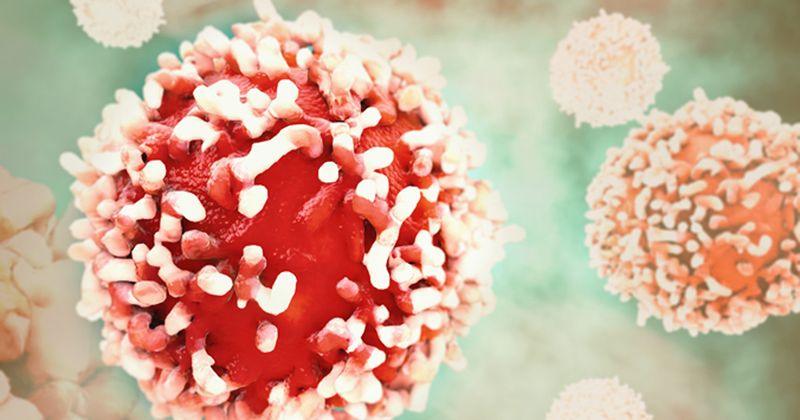Age, tumor size, immunosuppression linked to poorer outcomes in adnexal carcinomas
Key takeaways:
- Age at diagnosis, tumor size and immunosuppression were linked to reduced survival in resected adnexal carcinomas.
- Age was consistently associated with lower survival among other adnexal carcinoma groups.
Factors such as age, tumor size and immunosuppression are linked with survival outcomes in localized adnexal carcinomas, according to a study.
Cutaneous adnexal carcinomas are a rare type of skin cancer that develop from hair follicles, sweat glands and sebaceous glands.

“Due to their rarity and diversity, adnexal carcinomas are of difficult diagnosis and their therapeutic management remains unsettled,” Robin Zagala, of the dermatology department at CH Pau and CHU Bordeaux in France, and colleagues wrote. “While surgery for primary tumor and lymph node management for adnexal carcinomas and systemic treatment for trichoblastic carcinomas have been recently evaluated, survival outcomes with radiotherapy have never been analyzed.”
In this retrospective study, researchers investigated the prognostic factors on outcomes of adnexal carcinomas in 657 patients derived from the CARADERM database. Patients were divided into three groups: those with complete resection of the primary tumor (ADJ/primary population; n = 516), those achieving complete remission after complete resection of a recurrent tumor (ADJ/recurrent population; n = 61) and patients with unresectable locally advanced or metastatic tumors (ADV/MET population; n = 80).
Among the ADJ/primary population, results showed that overall survival and recurrence-free survival at the 3-year endpoint were 94% and 88.2%, respectively. While no factors were associated with a significant difference in overall survival, age at diagnosis was correlated with both death and relapse. Additionally, tumor size (HR = 1.016; 95% CI, 1.007-1.026) and immunosuppression (HR = 2.38; 95% CI, .195-4.749) were associated with reduced recurrence-free survival.
Among the ADJ/recurrent population, overall survival at the 3-year endpoint was 93.4%, whereas recurrence-free survival was 67.8%. Unlike the ADJ/primary population, age was only associated with death and not relapse. Other factors such as sex and immunosuppression were not associated with significant differences in either survival outcomes.
Among the ADV/MET population, the 3-year overall survival and recurrence-free survival rates were much lower at 75% and 47.5%, respectively. Age at diagnosis was associated with death (HR = 1.05; 95% CI, 1.005-1.097) and progression (HR = 1.031; 95% CI, 1.001-1.058).
As far as treatment goes, results showed that radiotherapy did not impact the overall survival in both the ADJ/primary and ADJ/recurrent populations as well as the recurrence-free survival in the latter group. However, it was linked to longer progression-free survival in the ADV/MET population, without an effect on overall survival.
“Based on the present results, radiotherapy could be considered as an alternative treatment option for patients with locally advanced, incompletely resected or oligometastatic skin adnexal carcinomas,” the authors concluded.
